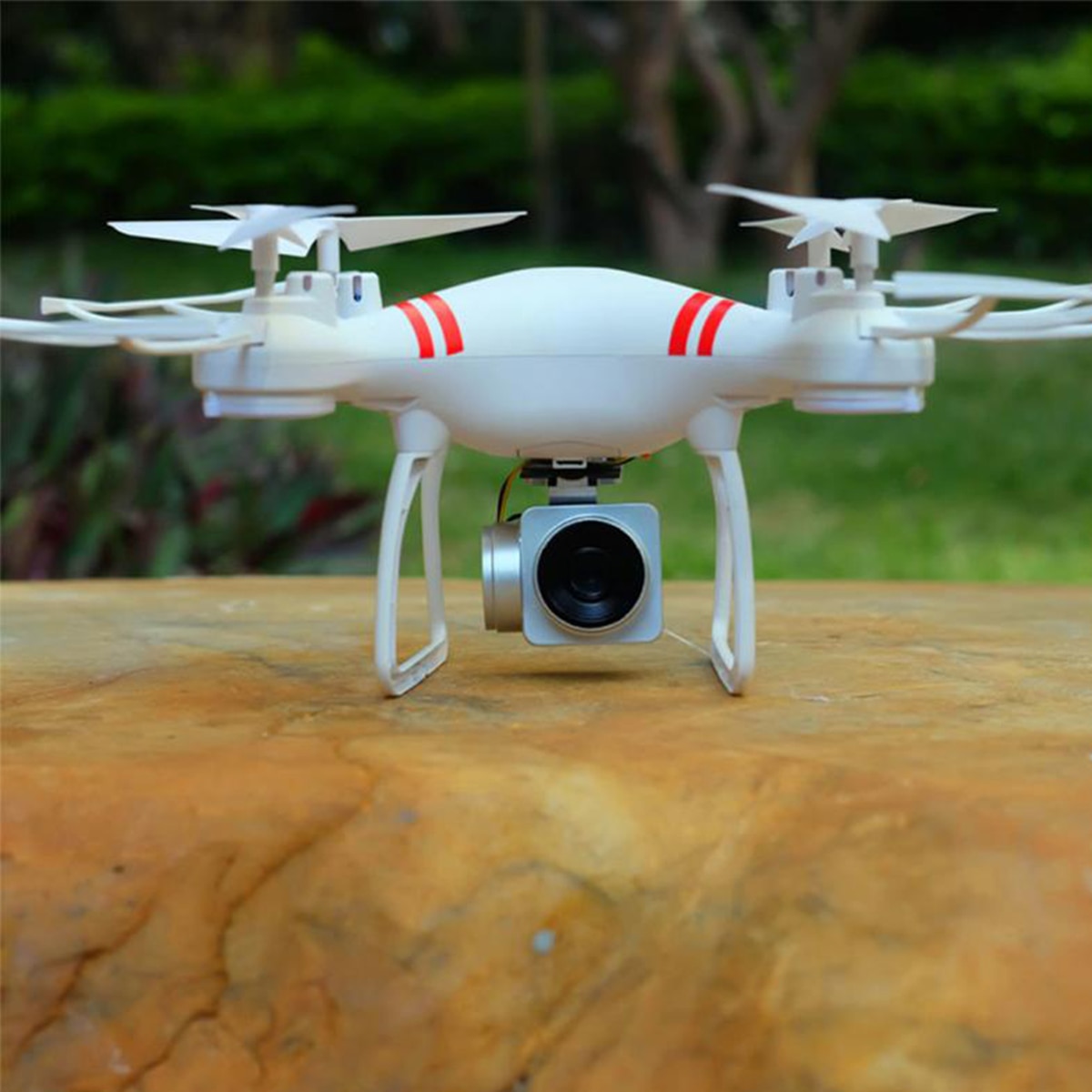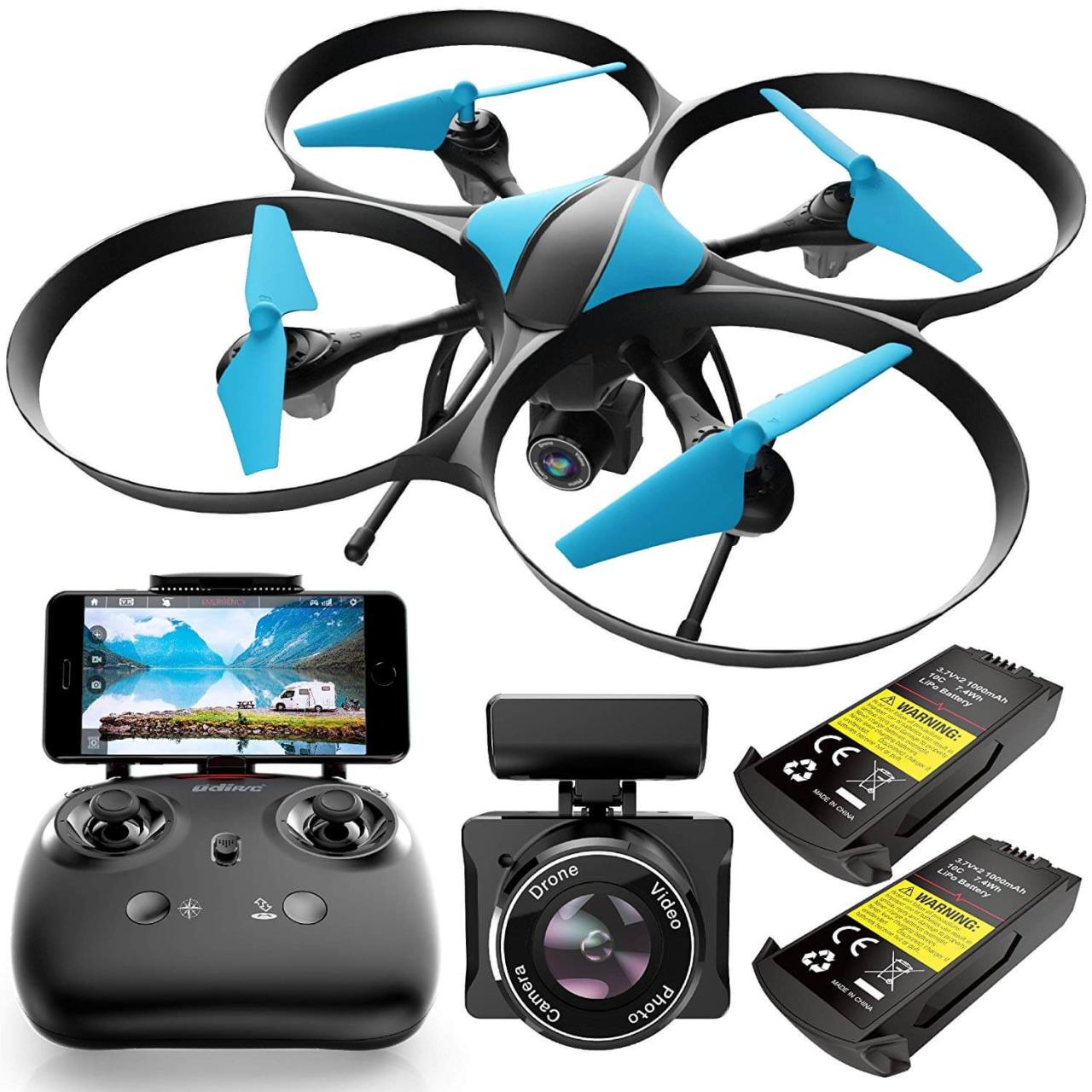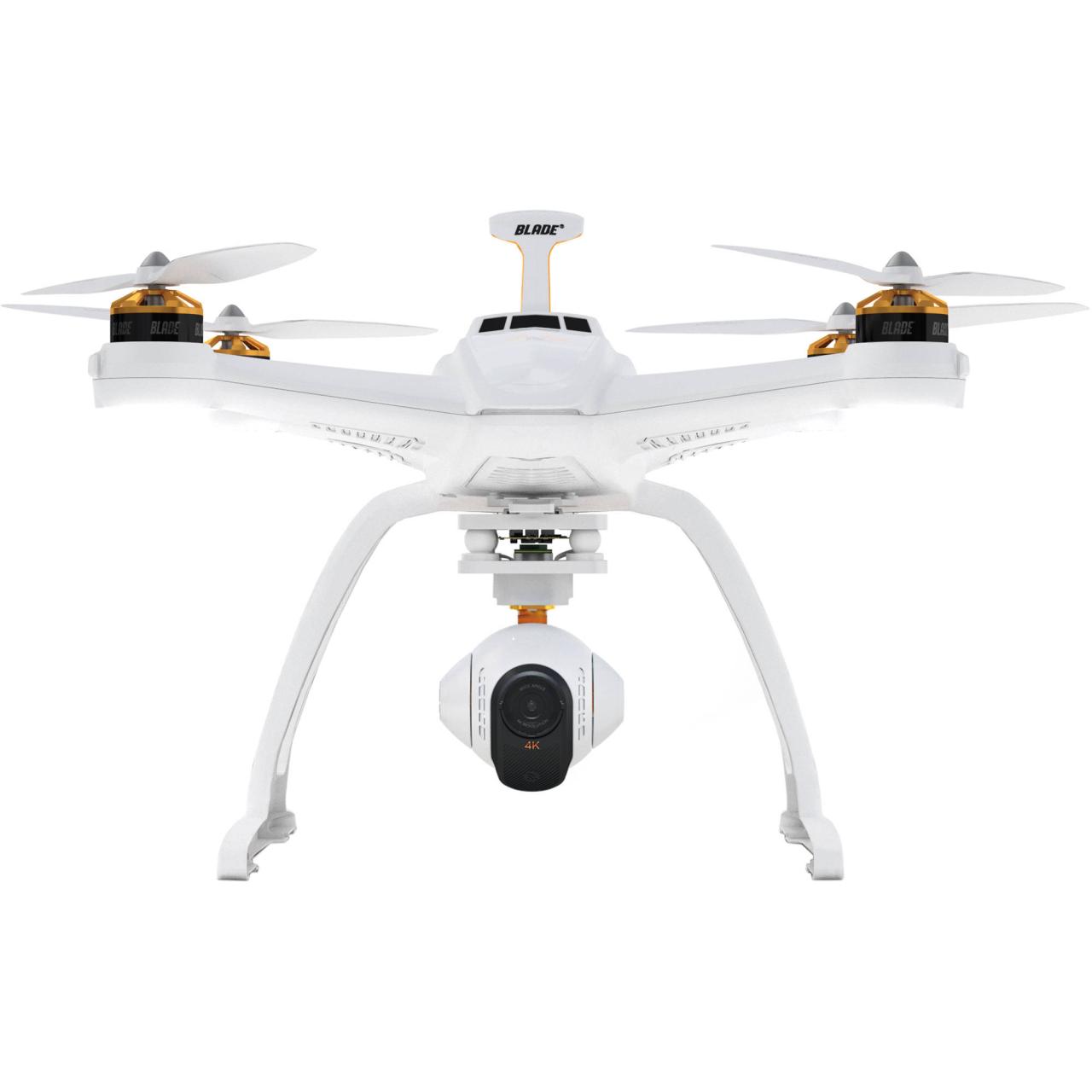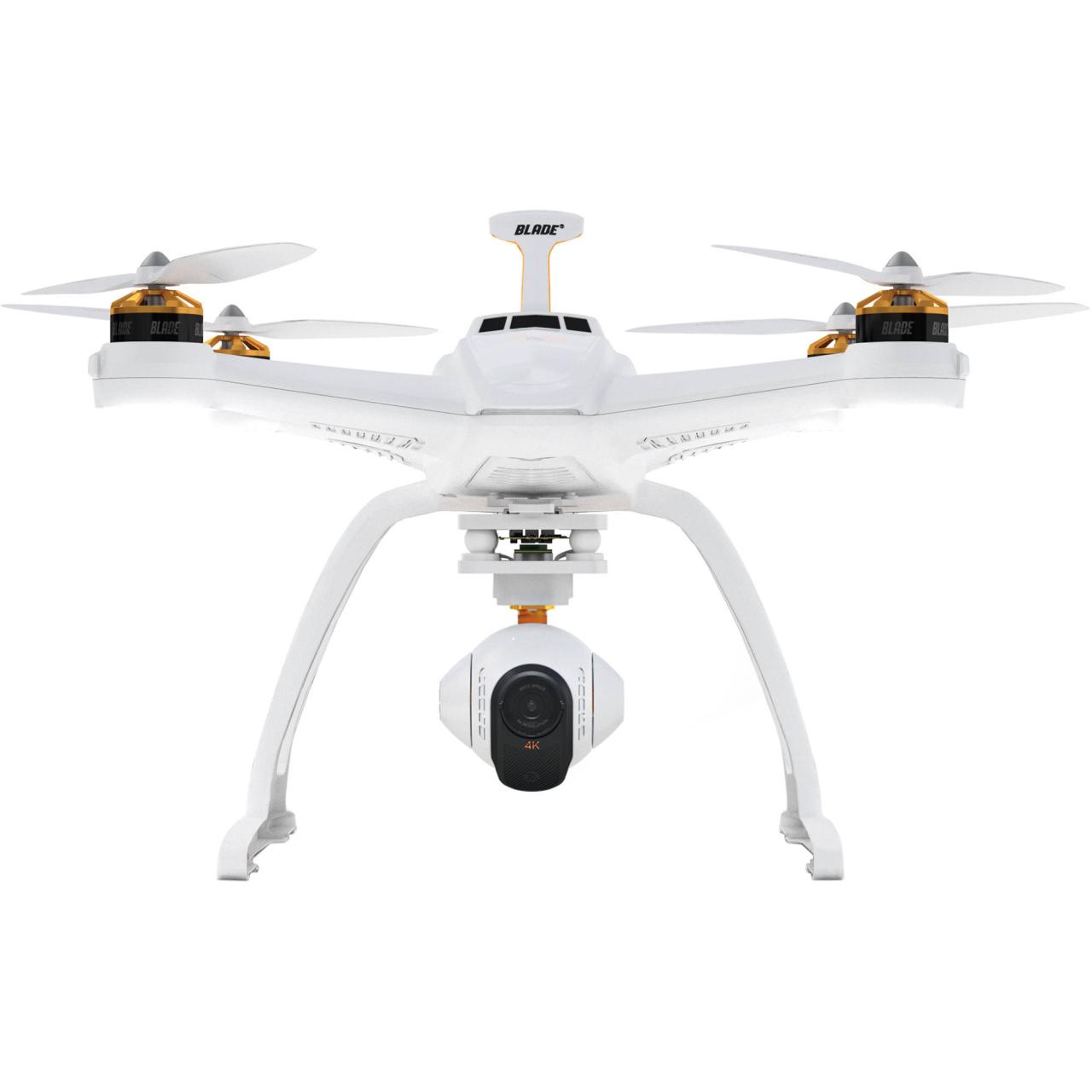Drone with camera technology has revolutionized various sectors, from filmmaking and real estate to agriculture and construction. This guide delves into the multifaceted world of drones equipped with cameras, exploring their diverse types, functionalities, legal considerations, and practical applications. We’ll examine everything from choosing the right drone for your needs to mastering the art of aerial photography and videography, ensuring you’re well-equipped to harness the power of this innovative technology responsibly and effectively.
We will cover a wide range of topics, including different drone types and their camera specifications, flight operation and safety procedures, legal regulations and ethical considerations, post-processing techniques, and essential maintenance practices. By the end, you will possess a comprehensive understanding of drone with camera systems and their potential.
Types of Drones with Cameras
The market offers a diverse range of drones equipped with cameras, catering to various needs and budgets. These drones vary significantly in size, features, and intended use, from compact models ideal for casual photography to professional-grade systems capable of capturing high-resolution aerial imagery and videography.
Drone Categories Based on Size, Features, and Use
| Type | Size | Key Features | Typical Use |
|---|---|---|---|
| Nano Drones | Very small, palm-sized | Lightweight, portable, basic camera features | Hobbyist use, casual photography |
| Consumer Drones | Small to medium-sized | Improved camera quality, GPS, obstacle avoidance, intelligent flight modes | Personal use, recreational photography and videography |
| Professional Drones | Medium to large-sized | High-resolution cameras, advanced features (e.g., thermal imaging, RTK GPS), long flight times, payload capacity | Aerial photography and videography, surveying, inspection, mapping |
| Industrial Drones | Variable size, often customized | Highly specialized cameras and sensors, robust design, advanced software integration | Specific industrial applications (e.g., infrastructure inspection, agriculture, search and rescue) |
Camera Quality Differences Across Drone Types
Camera quality significantly varies across drone types. Key differences lie in sensor size, resolution, and video capabilities. Larger sensor sizes generally result in better low-light performance and dynamic range. Higher resolution allows for greater detail and larger prints, while superior video capabilities enable smoother, higher-quality footage.
For instance, consumer drones typically feature 1/2.3-inch sensors with resolutions ranging from 12MP to 48MP and can record 4K video at 30-60fps. Professional drones, however, often utilize larger sensors like 1-inch or even larger, offering higher resolution (e.g., 20MP or more) and higher frame rates (e.g., 4K at 120fps or even 8K).
Comparison of Popular Drone Models
| Drone Model | Pros | Cons |
|---|---|---|
| DJI Mavic 3 | Excellent camera quality, compact and portable, advanced features | Relatively high price |
| DJI Mini 3 Pro | Lightweight, portable, good camera quality for its size, affordable | Limited flight time compared to larger models |
| Autel Evo II Pro | High-resolution camera, long flight time, robust build | Larger and less portable than DJI Mavic models |
Camera Features and Specifications
Drone cameras offer a variety of features influencing image and video quality. Understanding these features is crucial for capturing optimal footage.
Drone Camera Features and Their Impact
- Image Stabilization: Reduces camera shake, resulting in sharper images and smoother videos. Examples include mechanical gimbal stabilization and electronic image stabilization (EIS).
- Zoom Capabilities (Optical vs. Digital): Optical zoom uses lenses to magnify the image, maintaining image quality. Digital zoom enlarges the image digitally, potentially reducing quality.
- Shooting Modes: Different modes (photo, video, timelapse, panorama) offer creative options. Timelapse captures a series of images over time, creating a condensed video, while panorama stitches multiple images together for a wider field of view.
- Aperture, ISO, and Shutter Speed: These settings directly affect exposure, brightness, and sharpness. A wider aperture (lower f-number) lets in more light, useful in low-light conditions. Higher ISO increases sensitivity to light, but can introduce noise. Shutter speed controls motion blur; faster speeds freeze motion, while slower speeds can create motion blur.
Drone Flight and Operation
Safe and effective drone operation is paramount for capturing high-quality footage. Understanding flight controls and planning flights carefully are essential.
Drone Flight Controls and Functionalities

Most drones utilize joysticks or a mobile app for control. These controls allow for adjustments in altitude, direction, speed, and camera angle. Features like GPS, obstacle avoidance, and return-to-home functions enhance safety and ease of operation. For image capture, the camera tilt and zoom are often controlled via the same app interface.
Drone technology with integrated cameras offers incredible versatility, from aerial photography to surveying. Companies like archer aviation , while perhaps not directly involved in drone manufacturing, benefit from this technology’s advancements, influencing their own operations and potentially impacting future designs. Ultimately, the evolution of drone with camera capabilities continues to shape various industries.
Planning a Drone Flight for Optimal Image Acquisition
- Check weather conditions: Avoid flying in strong winds, rain, or snow.
- Plan your flight path: Identify key locations and angles for optimal shots.
- Consider lighting: The best time to fly is typically during the “golden hour” (sunrise and sunset) for soft, warm light.
- Monitor battery life: Always have sufficient battery power to complete your flight and return safely.
- Check airspace restrictions: Ensure your flight complies with all regulations.
Drone Flight Safety Checklist

- Pre-flight: Check battery level, GPS signal, and controller connection.
- During flight: Maintain visual contact with the drone, avoid flying near obstacles, and monitor battery life.
- Post-flight: Safely land the drone, power it off, and store it properly.
Legal and Regulatory Aspects
Operating drones with cameras is subject to various legal regulations and airspace restrictions. Understanding these regulations is crucial to avoid legal issues and ensure responsible drone use.
Regional Drone Regulations and Restrictions
| Region | Regulations | Restrictions | Penalties |
|---|---|---|---|
| United States | Registration required for certain drones, FAA Part 107 license for commercial operations | Restrictions on flying near airports, populated areas, and sensitive locations | Fines, grounding of drone, legal action |
| European Union | Varying regulations across member states, generally requiring registration and adherence to specific flight rules | Similar restrictions to the US, with emphasis on privacy and data protection | Fines, grounding of drone, legal action |
| Canada | Transport Canada regulations, requiring registration and adherence to flight rules | Restrictions on flying near airports, populated areas, and sensitive locations | Fines, grounding of drone, legal action |
Privacy and Data Protection Concerns
Using drones with cameras raises significant privacy concerns. It is crucial to respect individuals’ privacy and avoid unauthorized recording or data collection. Always adhere to local laws and regulations regarding data protection and privacy.
Best Practices for Responsible Drone Use
Responsible drone operation involves adhering to all applicable laws, respecting others’ privacy, and prioritizing safety. This includes obtaining necessary permissions, avoiding sensitive areas, and properly storing and handling collected data.
Applications of Drones with Cameras
Drones with cameras find applications across numerous industries, offering efficient and cost-effective solutions for various tasks.
Drone Applications in Different Industries
- Agriculture: Crop monitoring, precision spraying, livestock management
- Construction: Site surveying, progress monitoring, inspection of structures
- Real Estate: Aerial photography and videography for property marketing
- Filmmaking: Cinematic aerial shots, unique perspectives
- Search and Rescue: Locating missing persons, assessing disaster areas
Advantages and Disadvantages of Drone Use
Drones offer advantages such as accessibility to difficult-to-reach areas, cost-effectiveness compared to traditional methods, and improved efficiency. However, limitations include weather dependency, battery life constraints, and regulatory restrictions.
Impact of Drone and Camera Choice
The choice of drone and camera significantly impacts application effectiveness. For example, high-resolution cameras are crucial for detailed inspections, while long flight times are essential for large-scale surveying. Specialized sensors (e.g., thermal imaging) are needed for specific tasks like infrastructure inspection.
Image and Video Processing
Post-processing is crucial for enhancing the quality and appeal of drone footage. Various software and techniques can be employed to achieve professional results.
Image and Video Post-Processing Techniques
Common techniques include color correction, contrast adjustment, sharpening, noise reduction, and stabilization. Advanced techniques such as stitching panoramas, creating timelapses, and adding visual effects can enhance the creative potential of the footage.
Software and Tools for Drone Footage Editing
- Adobe Premiere Pro
- Adobe After Effects
- DaVinci Resolve
- Final Cut Pro
- HitFilm Express
Workflow for Post-Processing Drone Footage
- Import footage: Organize and import footage into your chosen software.
- Color grading: Adjust color balance, contrast, and saturation.
- Stabilization: Smooth out any camera shake.
- Editing: Trim clips, add transitions, and arrange footage.
- Export: Render the final video in the desired format and resolution.
Drone Maintenance and Care
Regular maintenance is essential for extending the lifespan and performance of your drone. Proper care includes cleaning, battery maintenance, and storage.
Drone Maintenance Procedures, Drone with camera

- Cleaning: Regularly clean the drone body, propellers, and camera lens using a soft cloth and appropriate cleaning solution.
- Battery care: Store batteries in a cool, dry place, and avoid overcharging or deep discharging.
- Storage: Store the drone in a protective case or bag to prevent damage.
Troubleshooting Common Drone Malfunctions
- No power: Check battery level and connections.
- GPS issues: Ensure clear sky visibility for GPS signal.
- Propeller issues: Inspect propellers for damage or imbalance.
- Camera malfunctions: Check camera settings and connections.
Preventative Maintenance Schedule
A regular maintenance schedule should include monthly inspections, cleaning, and battery checks. More thorough inspections and maintenance should be performed every six months or annually.
Ultimately, the utilization of drones with cameras presents a powerful and versatile tool across numerous fields. Understanding the various types, operational aspects, legal implications, and post-processing techniques is crucial for maximizing their potential while adhering to responsible and ethical practices. This guide serves as a foundation for anyone looking to explore the exciting world of aerial imaging, providing the knowledge and resources necessary for safe and effective operation.
FAQ Guide: Drone With Camera
How long does a drone battery typically last?
Drone battery life varies greatly depending on the model, size, and usage conditions. Expect flight times ranging from 15-30 minutes for smaller drones to up to 45 minutes or more for larger, professional models. Wind and payload significantly impact flight time.
What is the best storage method for drone batteries?
Store drone batteries in a cool, dry place away from direct sunlight and extreme temperatures. Store them at around 50% charge to prolong their lifespan. Never leave them fully charged or completely discharged for extended periods.
What is the difference between optical and digital zoom?
Optical zoom uses physical lenses to magnify the image, resulting in higher image quality. Digital zoom enlarges the image digitally, often leading to a loss of detail and image quality. Optical zoom is generally preferred for better results.
Drones equipped with cameras offer incredible versatility for capturing stunning aerial footage. For high-quality imagery of specific locations, consider the capabilities showcased by the port dover camera system; its advanced features could easily be adapted for drone integration. Ultimately, the choice of camera depends on the specific needs of your drone operation, whether for professional or recreational use.
Do I need a license to fly a drone?
Regulations vary by region. Many countries require registration and/or licensing for drone operation, especially for commercial use. Check your local aviation authority for specific requirements.
